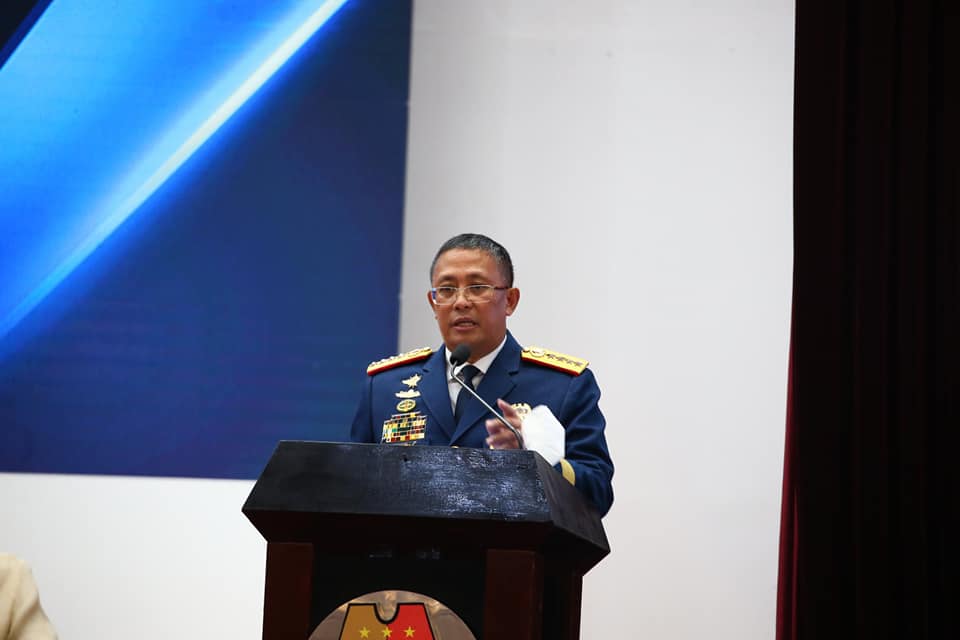News
26.2K villages now ‘drug-cleared’: PNP

PNP chief Gen. Rodolfo Azurin Jr. lauded the collective efforts of government agencies especially those who work to attain this notable achievement. (File Photo: Philippine National Police/Facebook)
MANILA – A total of 26,200 villages across the country have been cleared of illegal drugs under the Barangay Drug Clearing Program’s whole-of-nation approach, the Philippine National Police (PNP) said Tuesday.
Citing the latest data, the PNP said the number translates to 74 percent of a total of 35,356 villages that were previously tagged as drug-affected.
PNP chief Gen. Rodolfo Azurin Jr. lauded the collective efforts of government agencies especially those who work to attain this notable achievement.
He said from July 1 to Nov. 1, 2022, 403 more barangays were declared drug cleared by Regional Oversight Committees.
Of the 35,356 drug-affected barangays, 17,079 are classified as slightly affected, 17,860 as moderately affected and 417 as seriously affected.
Cagayan Valley has the highest recorded number of drug-cleared barangays with 94.41 percent, followed by the Cordillera Administrative Region at 94.36 percent, Mimaropa at 93.95 percent, Eastern Visayas at 93.09 percent, and Soccsksargen at 88.25 percent.
A barangay is classified as “affected” if there is a presence of a Person Who Used Drugs (PWUDs); moderately affected if there is a presence of drug pushers and Person Who Used Drugs (PWUDs); and seriously affected if there is a reported existence of any of the following: clandestine drug laboratory, warehouse, marijuana plantation, and drug den/”tiangge”, drug trafficking or smuggling activities, and drug personalities such as users, pushers, financiers, protectors, cultivators, and manufacturers.
“The PNP in coordination and partnership with the Philippine Drug Enforcement Agency (PDEA), the Department of the Interior and Local Government (DILG) along with Local Government Units (LGUs), other government agencies and stakeholders in the community remain committed to clear the remaining 9,112 or 25.77 percent barangays in the coming years,” Azurin said.
The drug-cleared status follows the certification of members of the oversight committee on the Barangay Drug-Clearing Program (BDCP).
Under the BDCP, law enforcement agencies take care of supply reduction efforts to disrupt the manufacture and distribution of dangerous drugs, while government agencies and LGUs focus on demand and harm reduction strategies to prevent people from taking and wanting illegal drugs, and reform drug offenders to become productive citizens of society.
“Rest assured that the entire police force is always ready to extend assistance during the implementation of intervention and rehabilitation programs for drug users in order to help them to become productive citizens again when they are re-integrated to the community,” Azurin said.





















